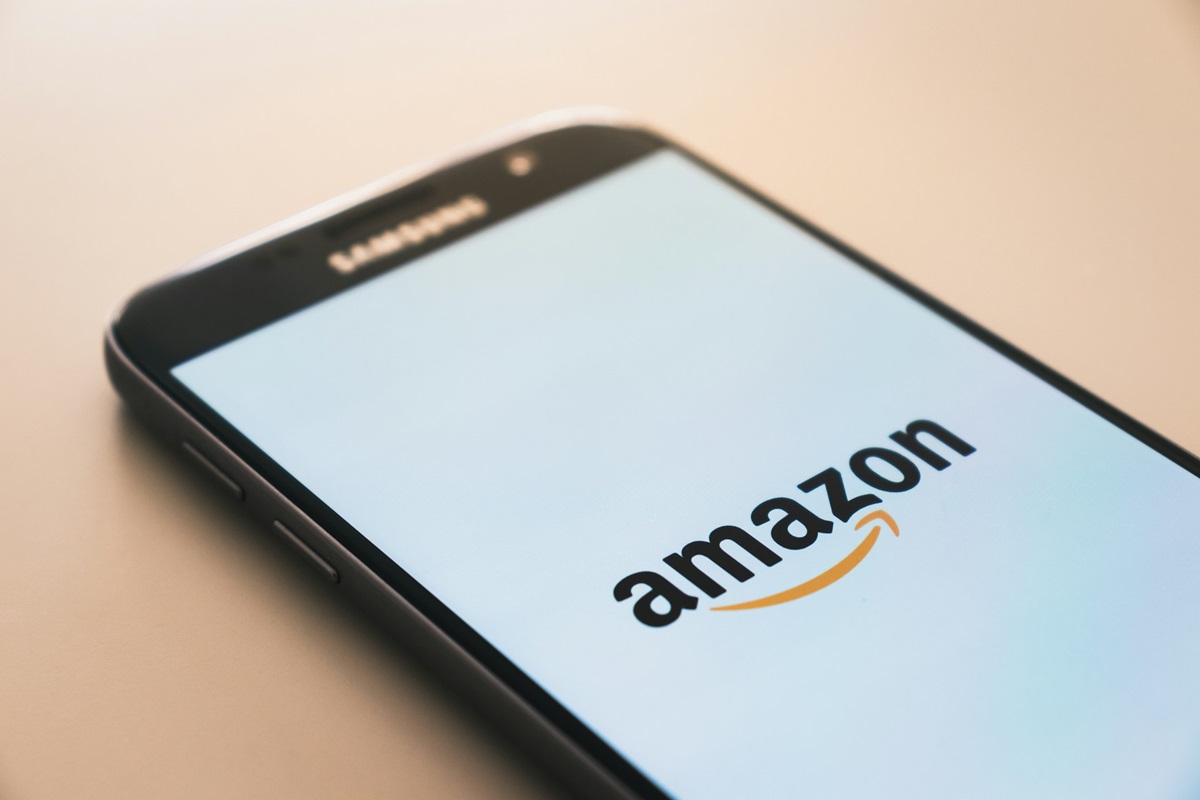Amazon last Wednesday, October 9, announced that it was testing adding mini-warehouses to Whole Foods supermarkets.

As part of the mentioned efforts, which are currently being implemented in a certain sense as part of an experimental approach, the e-commerce giant, which is the owner of the best American delivery service, seeks to gain customers to its stores and away this group of consumers from other grocery competitors.
Amazon is currently building a micro-fulfillment center based on a Whole Foods location in the Philadelphia suburb of Plymouth Meeting, Pennsylvania. It is expected that this functional facility will be put into operation within the next year. Shoppers will be able to order items on the e-commerce giant’s website and its online grocery service Amazon Fresh by browsing Whole Foods. Consumers will pick up the purchased products at the store when checking out.
At a press event held near an Amazon warehouse in Nashville, Anand Varadarajan, who leads the product and technology teams for Amazon’s worldwide grocery business, showed a mock-up of what the completed facility would look like. A small automated warehouse would be bolted onto a Whole Foods store. In this case, robots will fetch and ferry items in several categories, which include, for example, socks, tennis rackets, and soda bottles. The mentioned machines will place the products into bags for subsequent pickup by customers.
As part of the new solution, consumers will be able to buy staple goods from brands that are not available at Whole Foods markets like Pepsi soda and Kellogg’s cereal. Also, in this case, customers will be able to use Amazon’s vast online catalog of items.
As part of the new project, the e-commerce giant states its desire to eliminate extra trips made by shoppers to other grocery stores.
Anand Varadarajan stated that consumers shopping at Whole Foods Market are interested in natural and organic products. At the same time, he noted that Amazon’s data indicates that the mentioned shoppers also visit additional stores to complete regular grocery needs. He stated that a micro-fulfillment center would reduce the need to visit different stores or make multiple online orders.









